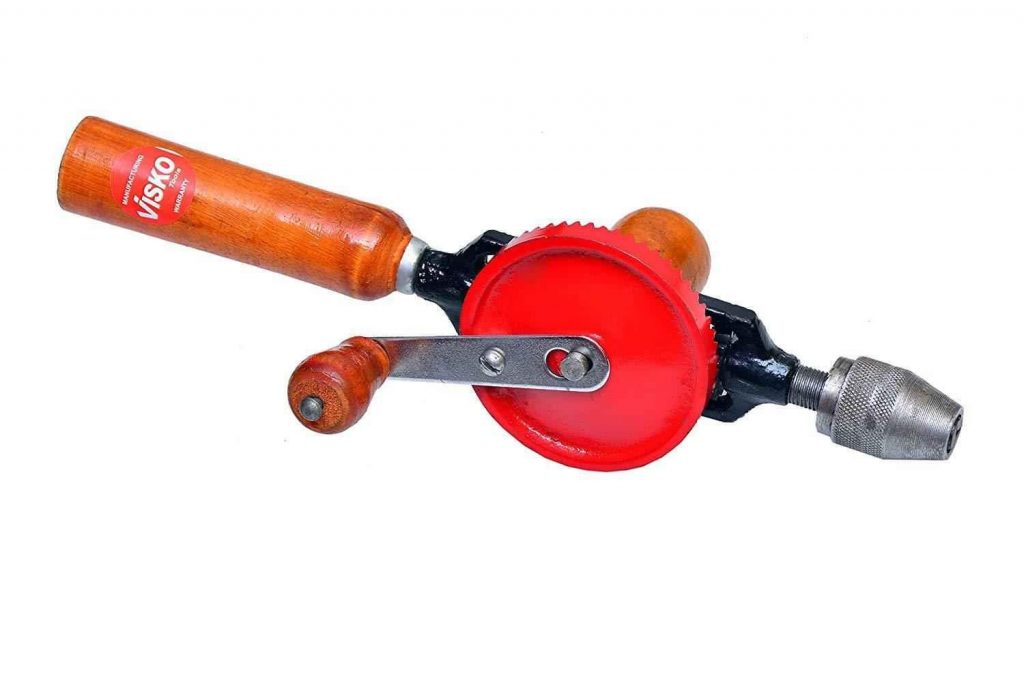Mastering the Craft: A Comprehensive Guide on How to Use a Hand Drill Safely

In the vast repertoire of manual tools, the hand drill stands as a versatile companion for craftsmen, DIY enthusiasts, and professionals alike. However, wielding this seemingly simple tool demands a profound understanding of safety protocols to ensure not just efficiency but also the well-being of the operator. In this guide, we unravel the layers of expertise needed to harness the power of a hand drill safely.
1. Understanding the Anatomy:
Before delving into operation, it's crucial to familiarize oneself with the anatomy of a hand drill. Knowing the key components, such as the chuck, handle, and trigger, lays the foundation for safe handling. This knowledge ensures that users can confidently navigate the tool, minimizing the risk of accidents.
2. Selecting the Right Drill Bit:
One size does not fit all when it comes to drill bits. The key to safe and efficient drilling is selecting the appropriate drill bit for the task at hand. Whether it's wood, metal, or masonry, choosing the right bit ensures smoother operation, reduces strain on the tool, and minimizes the chances of accidents.
3. Personal Protective Equipment (PPE):
Safety should always be the top priority. Wearing the proper personal protective equipment, including safety glasses to shield the eyes from debris and a dust mask to protect against fine particles, creates a secure environment for the operator. A well-ventilated workspace further enhances safety.
4. Securing the Workpiece:
Stability is paramount when using a hand drill. Securing the workpiece with clamps or a vice prevents it from moving unexpectedly during drilling, reducing the likelihood of injuries. A stable workpiece not only enhances safety but also contributes to the precision of the drilling process.
5. Maintaining a Firm Grip:
A secure grip on the hand drill is fundamental to safe operation. Ensuring that the handle is dry and clean, and adopting the proper grip technique, prevents slippage during use. This simple yet critical practice significantly reduces the risk of accidents and enhances overall control.
6. Controlled Speed and Pressure:
Regulating the speed and pressure applied to the hand drill is an art that separates amateurs from seasoned craftsmen. Adjusting the speed according to the material being drilled and maintaining a steady, controlled pressure prevents the drill from overheating and breaking, ensuring a safer and more efficient operation.
7. Regular Maintenance Checks:
Like any tool, a hand drill requires regular maintenance to function optimally and, more importantly, safely. Checking for loose components, ensuring proper lubrication, and inspecting the electrical components (if applicable) contribute to the longevity of the tool and prevent unexpected malfunctions that could compromise safety.
Conclusion:
Mastering the art of using a hand drill safely is not just about technical proficiency; it's a holistic approach that encompasses knowledge, preparation, and a commitment to best practices. In the hands of a mindful operator, a hand drill becomes not only a tool for drilling holes but also a testament to craftsmanship and responsible tool handling. By adhering to these guidelines, users can navigate the world of hand drills with confidence, unlocking the full potential of this timeless and indispensable tool.


